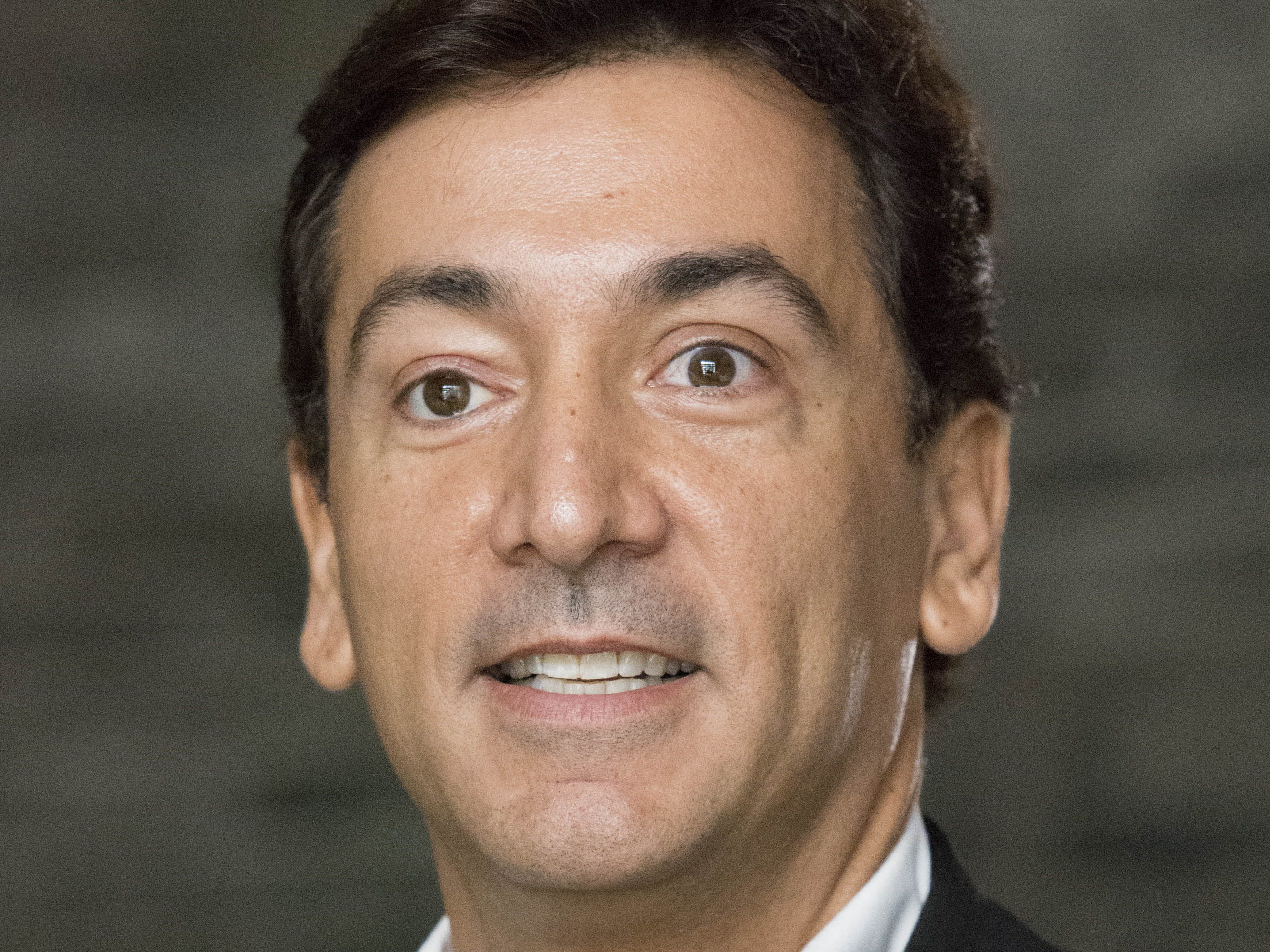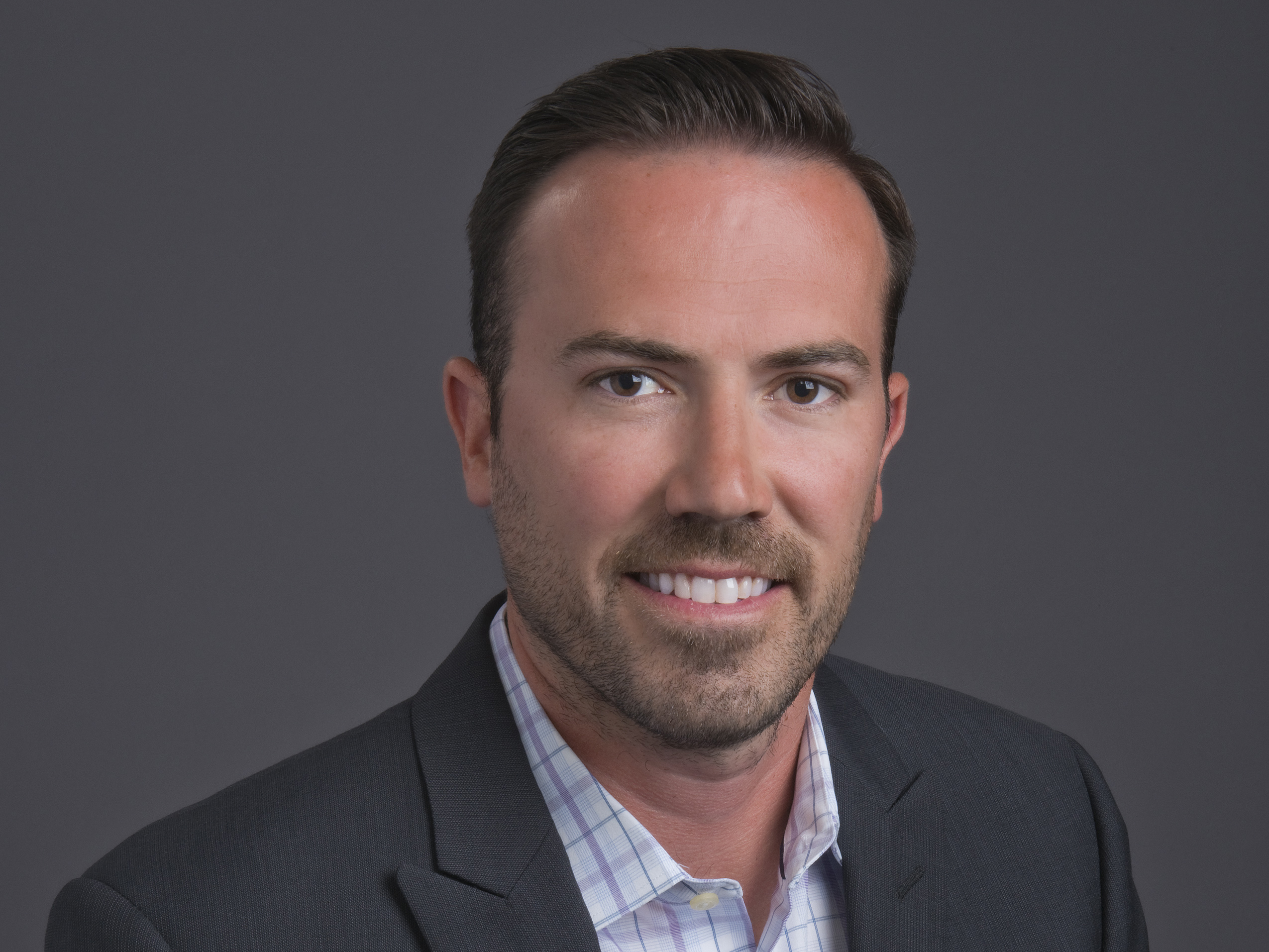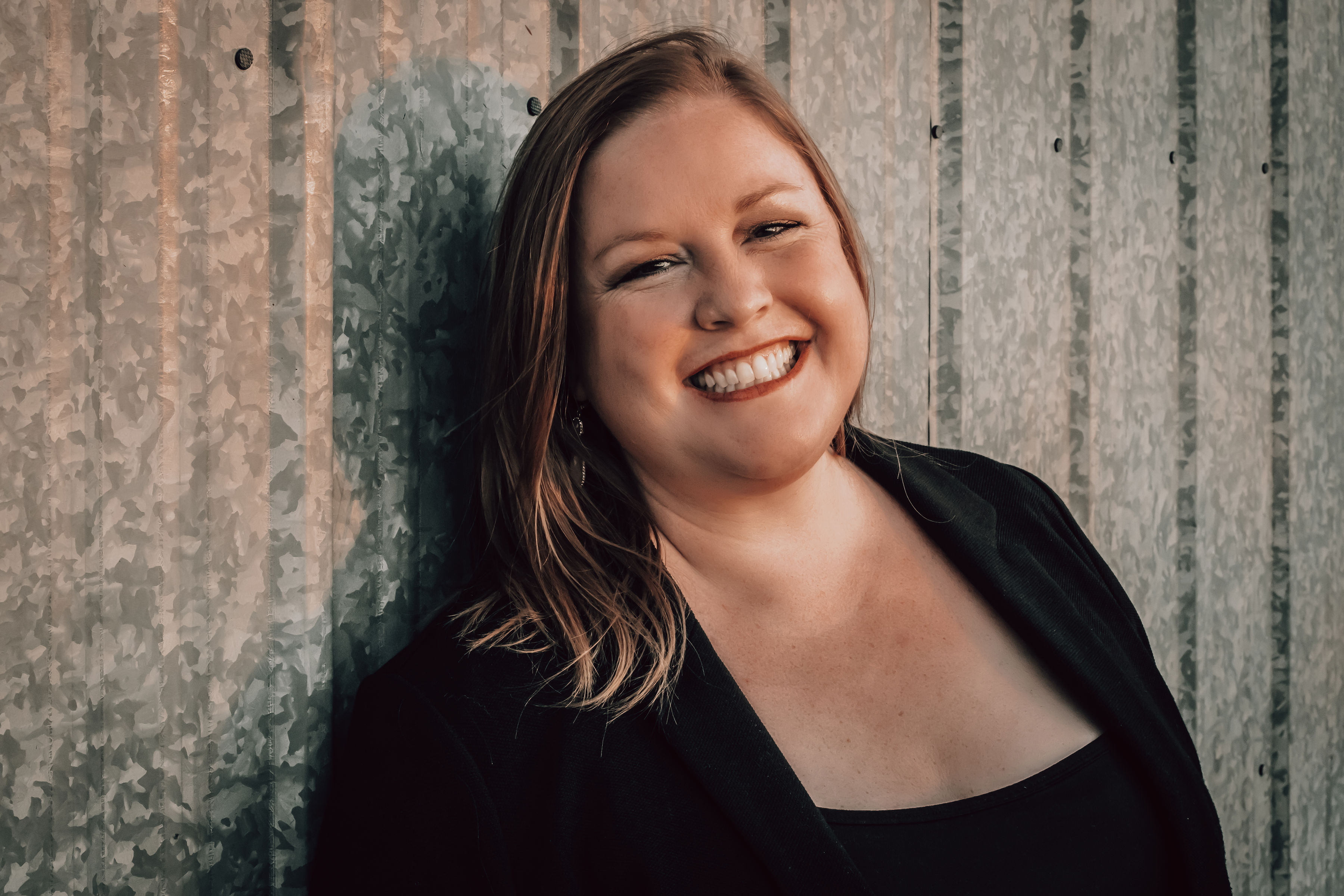A Match Made in Heaven?

Less than a decade ago, pro AV technology was thought to be the premier equipment market—the industry was untouchable and at the forefront of innovation. Many home technologies were born out of the AV market, and at-home-AV research and development was often started with professional R&D.
Today the opposite is occurring, it seems. Harman’s engineering team, for example, is leveraging technology drawn from the company’s connected car business. “Nobody in the pro industry can afford the thousands of engineers needed to develop secure Linux products,” said Mohit Parasher, president, Harman Professional Solutions. “We have access to that because that development was done for our connected car business. We can borrow 80 percent of the work and bring it into the pro industry. The same thing with the consumer side, and the services side, and from Samsung, etc.”

The Beginnings
How did it all start? David Frangioni, founder of Audio One, says we can blame (or thank) Apple. “The proliferation of consumer audio consumption basically started with home formats such as surround sound systems and then really went into high gear after the iPod took off,” he said. “All of a sudden the experience of what content sounds like in headphones became paramount, and music started to be mixed for low resolution instead of just high resolution. Then the onslaught of home audio and video systems meant that pros began mixing media content—movies, games, et cetera—for home environments instead of primarily for commercial spaces.”
Bradford Benn, CTS, longtime AV professional and current end user, agrees and says it has a lot to do with the user experience. “My belief that the encroachment of home/consumer technology came to professional environments as a result of consumer usability outpacing the commercial market. As an example, someone can activate the voice assistant on their mobile device/telephone and say ‘FaceTime with Megan Dutta.’ The phone will dutifully make the call, and one gets to speak with Megan while also seeing her. From there, it is a short interpolation to the idea of wanting to do that in my office as well. If my consumer device can do it for under $500, why can’t the $10,000 system do the same?”

Office workers in particular want to bring consumer technology into their professional life, especially into the board room. “In recent years, [consumer] technology has been empowering customers with the ability to choose the right solutions to grow their businesses,” said Chris Mertens, vice president of end user sales and B2B displays for Samsung. “This course has been creating opportunities across businesses; as an example, the proliferation of unified-communications-as-a-service over the past several years disrupted how business users collaborate. People can now engage with internal stakeholders and customers across the country without foregoing that true-to life experience of being in the same room. BYOD is not a fad but now a way of life.”
Safety and Security
Many AV pros have begrudgingly brought consumer technology into their world, again, particularly in the workplace. But does that make sense and it is safe and secure?
Professionals often think about video streaming and sharing using devices like Amazon Fire TV or Google Chromecast, according to Benn, and they want to have that experience in the office. “However, what most people forget is that their home is a very small, closed system. A typical house will have four users, each with a mobile device, all on the same network, and with varying levels of security. Everyone forgets the time it took to set everything up. From then on, it just worked. Most people don’t ask, ‘How secure is this situation? Can people eavesdrop on me? Can people see my screen share?’”
A daily selection of the top stories for AV integrators, resellers and consultants. Sign up below.
From an end user’s perspective, Benn wants integrators to be hyper-aware of the risks with any technology on his network—and not only from a security viewpoint, but also from a functionality viewpoint. Integrators should be doing their homework and should be thinking about strict firewalls, VPN connections, protocol filters, and having multiple devices accessed by multiple users.
Mark Corbin, president, Vanco International, understands Benn’s concerns and says integrators should also look at the products they are installing. “The problem is that some manufacturers develop devices that are not secure, and thus they are vulnerable to being hacked. In pro AV, this concern is amplified because you aren’t just dealing with the security of a single-family home or network.”

“When an attack occurs, the first person the customer is going to call is their integrator, which puts [the integrator] at risk of losing customers,” added Corbin. “It is on the manufacturer to make sure their products and the data collected on each of those devices is secure, and it is on the integrator to carefully select manufacturer partners that they know take security seriously.”
Benn advises that integrators be upfront and honest about their level of expertise in terms of the security. “There are people who specialize in network and device security—reach out to them. Be ready to pay for that service, don’t just follow what you read on the Internet. While, yes, there is much good information out there, if there is a problem, you don’t have someone to follow up with. [The reasoning behind this] is no different than why integrators charge for their expertise in configuring AV systems.”
He points out that security is also a great way to maintain healthy relationships with customers, or even a way to create recurring revenue streams. “Staying up to date with security patches can be bothersome for some companies—it is a great opportunity to reach out to customers and make sure that they are safe and aware of your company. Plus, as is often said, security is a journey, not a destination.”

Bringing It All Together
The marriage of consumer and professional technology isn’t ending anytime soon, according to the experts, but it’s not something AV technologists need to fear.
“Consumer technology has led the way to enabling better experiences in pro AV. Samsung DNA is rooted in consumer electronics, with everything we do leading back to making an individual’s experiences even better,” concluded Mertens. “People communicate better with visuals, and nothing is more important to us in being a leader in visual technology. Owning the manufacturing strategy allows us to bring the similar leading experience from home to work at the same time for our customer.”
“Pro AV will continue to mix audio for consumer trends, and pros have to be cognizant of how consumers listen to audio,” added Frangioni. “The consumer world of audio is getting more sophisticated by the day—there are so many different types of electronics for playback, along with rooms and headphones to listen to that. Pros have to make it sound great no matter what!”
Mark Coxon, CTS-D, CTS-I, regional sales manager at Barco, might have summed it up best in a recent Twitter conversation, “We do ourselves a disservice by digging in against consumer tech. It seems the better strategy is to find the advantages and weaknesses and then create accessory products that enhance the platforms for commercial use.”
Want more stories like this? Subscribe to our newsletter and get it delivered right to your inbox.
Megan A. Dutta is a pro AV industry journalist, and the former content director for Systems Contractor News (SCN) and Digital Signage Magazine, both Future U.S. publications. Dutta previously served as the marketing communications manager at Peerless-AV, where she led the company’s marketing and communications department. Dutta is the recipient of AVIXA's 2017 Young AV Professional Award and Women in Consumer Technology's 2018 Woman to Watch Award. Dutta is co-founder of Women of Digital Signage, an organization designed to provide a pathway to promote networking, mentoring, and personal growth.

